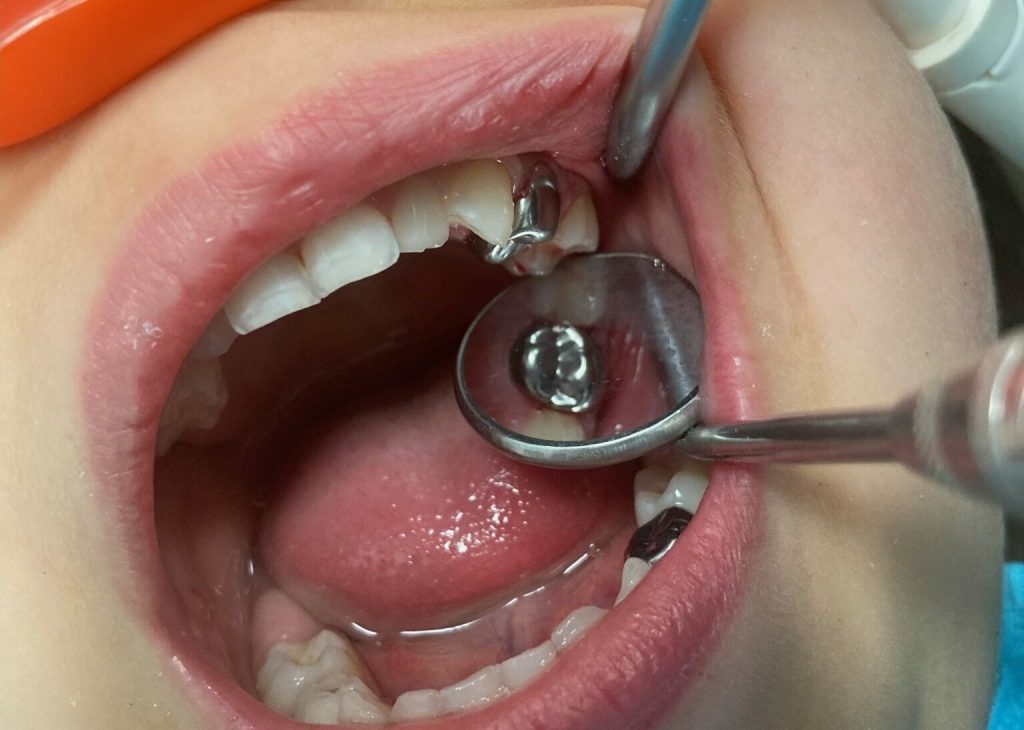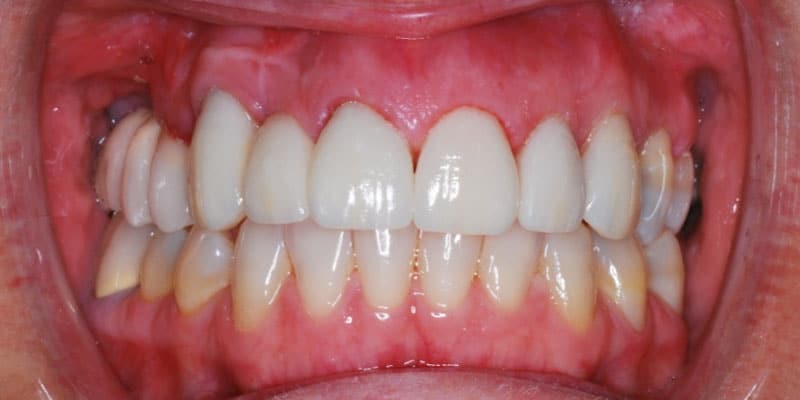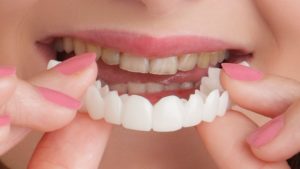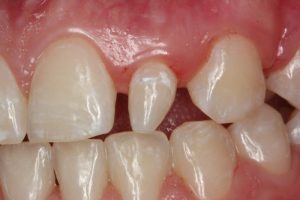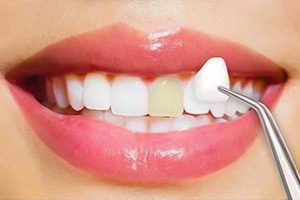Hi,
My dentist recommended a CEREC crown to replace one of my teeth. This tooth has had issues with sensitivity to hot and cold, and I thought getting a crown would solve this problem.
My dentist did not think I needed a root canal. However, after getting my CEREC crown, I’m still having a lot of sensitivity and discomfort. My dentist said to wait a month or so for my mouth to get used to the crown.
In the meantime, I’ve experienced sharp, throbbing jaw pain. I have had to medicate it with painkillers for a few weeks. I’ve had the crown for over a month, but it feels nothing like the other porcelain crowns I have. Still, my crown is sensitive to cold. Am I correct in thinking the CEREC crown is the source of my pain? What do you think my crown is sensitive or what? And what should I do?
Thank you,
Magnus, from Alberta, Canada
Hi Magnus,
Your issue is not likely caused by the CEREC crown, but rather the tooth itself. Tooth or crown sensitivity to hot and cold is caused by irritation, and getting a crown can cause more irritation. Other options instead of a crown would include removing any current fillings or decay and then filling the tooth with a bonding material to create a new core. If the new core did not reduce or eliminate the pain, then an x-ray and root canal may be needed.
CEREC crowns are more likely to fit better than traditional porcelain crowns, as they are milled by a computer based on a digital scan of your mouth. However, any crown you put over a sensitive tooth is unlikely to stop the issue.
When a tooth is infected, it will often feel worse before it feels better. If it suddenly starts to feel better, that means the pulp inside of your tooth has died, and a root canal is needed to clear it out.
Your best option is to get a second opinion about whether you need a root canal. You don’t need to go back to the same dentist who made the crown.
Understanding Sensitivity After CEREC Crown Placement:
- Post-Procedure Sensitivity:
It’s normal to experience some sensitivity immediately after the placement of a dental crown, including CEREC crowns. This sensitivity is often a temporary response to the procedure.
- Tooth Preparation:
The process of preparing the tooth for a CEREC crown involves removing a small amount of enamel. While CEREC crowns aim to preserve a more natural tooth structure, this preparation can contribute to temporary sensitivity.
- Fit and Contour:
If the CEREC crown does not fit properly or if there are contour issues, it may lead to bite-related sensitivity. The restoration’s alignment with adjacent teeth is crucial to prevent undue pressure on the treated tooth.
- Bonding Material:
The bonding material used to secure the CEREC crown in place may initially contribute to sensitivity. This sensitivity should diminish over time as the tooth adapts to the restoration.
- Underlying Issues:
Sensitivity could also be an indication of underlying issues, such as inflammation or nerve irritation. It’s essential to distinguish between normal post-procedure sensitivity and persistent discomfort.
Managing Sensitivity After CEREC Crown Placement:
- Over-the-Counter Pain Relievers:
Over-the-counter pain relievers, such as ibuprofen or acetaminophen, can help manage sensitivity and discomfort. Follow the recommended dosage and guidelines provided by your dentist.
- Avoiding Extreme Temperatures:
Temporarily avoid consuming hot or cold foods and beverages to minimize sensitivity. Opt for lukewarm items and gradually reintroduce temperature extremes.
- Desensitizing Toothpaste:
Consider using desensitizing toothpaste to alleviate sensitivity. These toothpaste formulations are designed to block pain signals and provide relief.
- Soft Toothbrush and Gentle Brushing:
Use a soft-bristled toothbrush and practice gentle brushing to avoid irritating the sensitive areas. Abrasive toothbrushes or aggressive brushing can exacerbate sensitivity.
- Topical Desensitizing Agents:
Your dentist may recommend topical desensitizing agents that can be applied directly to the sensitive areas. These agents help alleviate discomfort by numbing the nerves temporarily.
When to Seek Professional Guidance:
- Persistent Sensitivity:
If sensitivity persists beyond the initial post-procedure period, consult your dentist. Persistent sensitivity may indicate underlying issues that require attention.
- Severe Pain:
If you experience severe or worsening pain after CEREC crown placement, seek prompt professional guidance. This could be a sign of complications that need immediate attention.
- Bite Issues:
Difficulty with biting or changes in your bite alignment after CEREC crown placement should be addressed promptly. Bite-related issues can contribute to ongoing sensitivity.
- Gum Inflammation:
Inflammation of the gums around the CEREC crown may contribute to sensitivity. If you notice signs of gum inflammation, such as redness or swelling, consult your dentist.
Conclusion:
Sensitivity after CEREC crown placement is a common occurrence, often resolving on its own or with simple measures. However, persistent or severe sensitivity requires professional attention to ensure the restoration’s success and your overall comfort.
By staying vigilant, managing discomfort proactively, and seeking guidance when needed, you can navigate post-procedure sensitivity and enjoy the benefits of a comfortable and functional CEREC crown.
